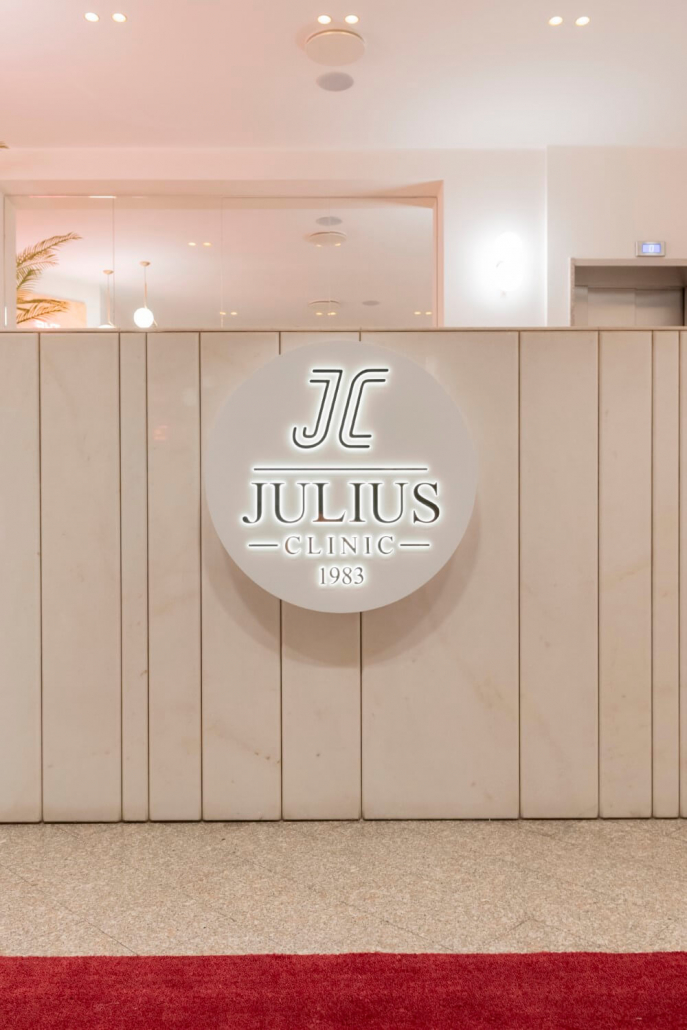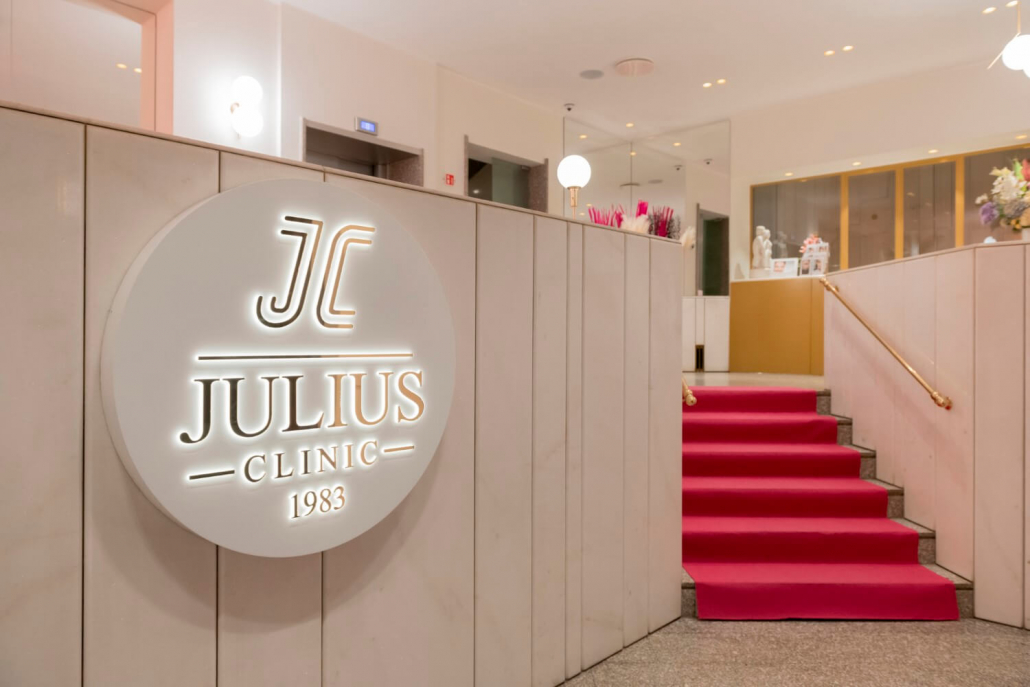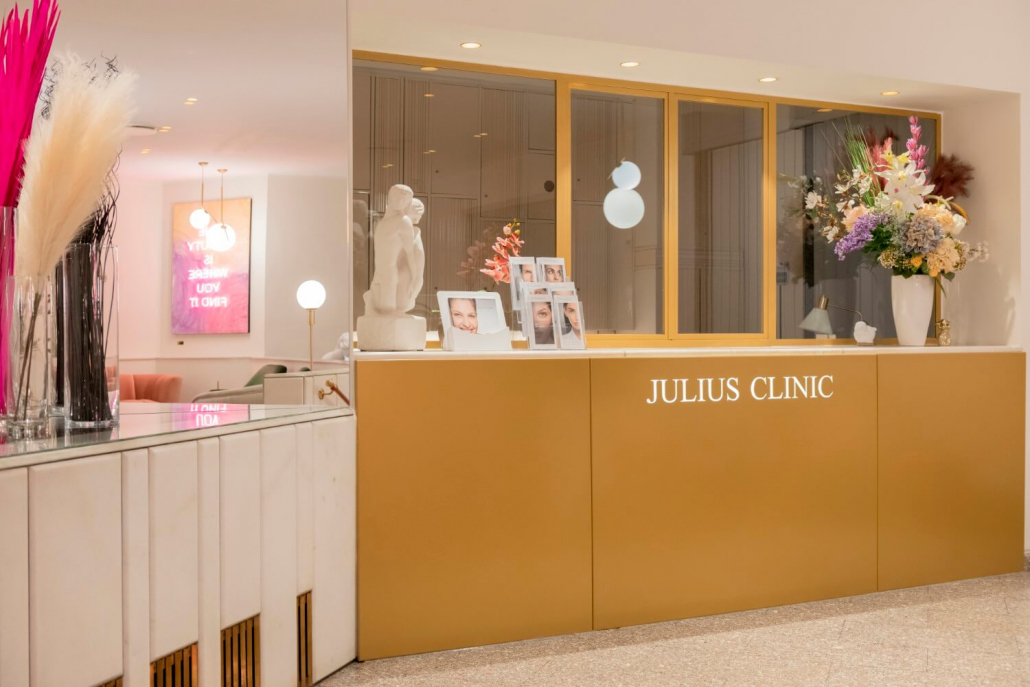Prenota subito la tua visita odontoiatrica
Julius Clinic
Fondata nel 1983, la Clinica è ubicata nel centro di Milano in un edificio indipendente su cinque livelli dagli interni razionalisti e recentemente ristrutturato dallo Studio AArchitetti Noorda Schiavon.
Dispone di numerosi ambulatori polispecialistici nonché di un centro implantologico d’eccellenza. La costanza nel perseguimento dei migliori standard qualitativi rende questa realtà un consolidato riferimento storico nella sanità privata milanese.
Grazie alla posizione strategica tra Porta Venezia e Citta degli Studi, la struttura è facilmente raggiungibile dall’Aeroporto di Milano Linate e dall’adiacente Stazione Centrale, nonché da tutti gli alberghi del centro della città.







